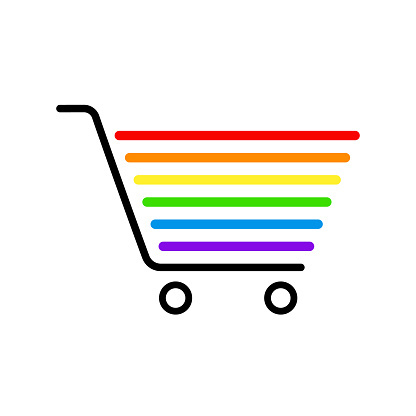Our Stories
Colors aren't just pretty to look at; they're powerful psychological tools that influence our perceptions, decisions, and even our moods. In this blog post, we'll dive deep into the fascinating world of the psychology of color and explore the tricks behind the hues that marketers, designers, and even individuals use to their advantage.
The Subtle Art of Persuasion
Ever wonder why some logos and advertisements seem to draw you in effortlessly? It's all about the psychology of color. Here are some tricks that are often at play:
1. Red for Urgency and Action: Red is the color of urgency and action. It grabs attention and can make you feel a sense of urgency. That's why it's often used in clearance sales signs or "Buy Now" buttons on e-commerce websites. It's like a virtual elbow nudge saying, "Don't wait, act now!"
2. Trust in Blue: Blue is the color of trust and reliability. Financial institutions and tech companies often use blue in their branding because it gives a sense of security. When you see a blue logo, you might subconsciously feel that you can trust the company behind it.
3. Green for Health and Nature: Green is associated with health and nature. That's why you'll find it in logos of organic food brands and environmental organizations. It evokes feelings of freshness and growth.
4. Yellow for Optimism: Yellow is the color of optimism and happiness. It's no surprise that it's used in brands like McDonald's and IKEA. It can make you feel cheerful and positive.
5. Black for Luxury: Black is often linked with luxury and sophistication. High-end fashion brands, luxury cars, and premium products use black to convey a sense of exclusivity and elegance.
Color in Interior Design
Psychological color tricks aren't just for marketers; they're also used in interior design to create specific atmospheres within our living spaces:
1. Calm with Cool Colors: Cool colors like blues and greens can make a room feel calm and serene. They're perfect for bedrooms and relaxation areas.
2. Energize with Warm Colors: Warm colors like reds and yellows can add energy and vibrancy to a space. They're great for kitchens and social areas.
3. Balance with Neutrals: Neutrals like beige and gray provide a blank canvas for other colors to shine. They create a sense of balance and versatility.
4. Size Illusions: Colors can trick the eye into perceiving space differently. Light colors can make a room appear larger, while dark colors can make it feel cozier.
Color Tricks for Personal Well-being




